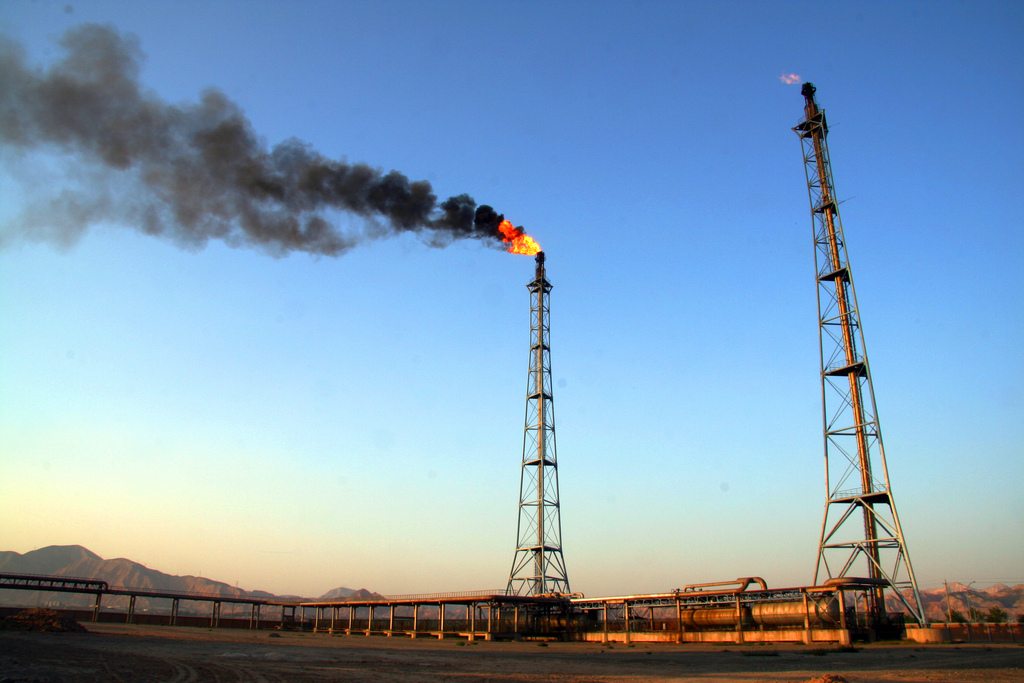Fracking: The debate
As the winter chill sets in, even students will soon be unable to resist cranking up the thermostat. With sharp rises in the cost of gas and electricity, funding that extra bit of comfort just got tougher. Supporters of a controversial new resource believe they have the solution – a cheaper “bridging” fuel to a low carbon future. But not everyone is convinced.
So, what exactly is fracking? Hydraulic fracturing or “fracking” is a technique used to extract gas and oil from shale rock. Shale rock is formed when layers of sediment are crushed under high pressure. This enormous amount of heat and pressure converts organic matter in the rock to natural gas, methane. In more permeable rock, such as limestone and sandstone, the gas and oil migrates up to the surface. From there, it can be easily extracted by drilling. Shale gas is unable to undergo this migration, leaving the fuel trapped deep inside tiny pockets within the rock.
For many years, the difficulties associated with releasing the trapped gas were thought to be too significant to overcome. The USA rose to the challenge, and has been at the forefront of the battle to reach shale reserves since the 1980s, but it is only in the past five years that real breakthroughs have been made. Recent innovations centre on a technique known as horizontal drilling, which has resulted in a shale revolution in the states.
In order to reach deposits, the drill must dig through hundreds of metres of rock. First, the drill is sent down vertically, creating a well. Once it has reached a predetermined point, the drill is turned horizontally, boring within the shale layer. Next, water is pumped in at a high pressure, creating small fractures in the rock, through which the gas can escape. To keep the fractures open, small particles, usually of sand, are added. Finally, the released gas and oil travels up through the well, completing the extraction process.
Despite its popularity, there are significant environmental concerns about shale gas fracking. The first worry is that the technique causes earthquakes. In 2011 two tremors of magnitude 1.5 and 2.3 were recorded near a fracking site in Blackpool. However, these ‘earthquakes’ were so small that they would not have been felt by people on the surface. In addition, fracking is not the only human activity responsible for small tremors. Mining has also been associated with seismic activity.
Even more disturbing are suggestions which claim that toxic chemicals could leak into groundwater and drinking supplies. However, it is argued that such pollution is the result of bad practice, rather than a problem with the technique itself. The US Environmental Protection agency is currently carrying out an investigation into the effects of fracking on drinking water, which is due to be released in 2014. Other highlighted problems include the environmental impact of transporting vast quantities of water to and from sites and the risk of methane, a greenhouse gas, escaping into the atmosphere.
So far, the UK has been hesitant to follow in the footsteps of the USA. However, with the rise of gas and electricity prices, the public is demanding something be done to lower energy costs. Could fracking be the answer?
Even the most optimistic fracking supporter would only describe it as a temporary solution. A more permanent solution would be the development of renewable energies, leading to a greener, cleaner future.

Comments